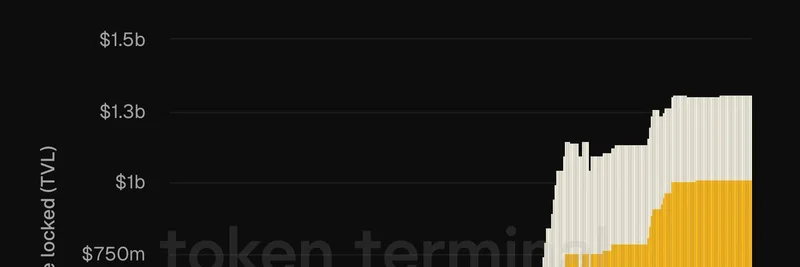In the fast-paced world of crypto, things can change in the blink of an eye. Just ask Ryan Watkins, co-founder of Syncracy Capital and a veteran analyst from Messari. In a recent thread on X, he breaks down how retail investors— that's everyday traders like you and me—are starting to shift their focus away from the wild world of memecoins and toward more substantial blockchain projects. It's a sign that the market might be maturing, moving from what he calls "financial nihilism" to "financial optimism."
Let's unpack this a bit. Memecoins, for those new to the space, are cryptocurrencies inspired by internet memes or jokes, like Dogecoin or Shiba Inu. They've been hugely popular because they're fun, volatile, and can deliver massive gains (or losses) overnight. But Watkins points out that since August, the crypto scene has turned into a game of rapid narrative rotations. "Crypto Twitter" (often abbreviated as CT) piles into the same trades every week or two, chasing the next hot thing.
He lists some recent examples: trading cards, perpetual decentralized exchanges (perp DEXs, which are platforms for trading futures contracts without expiration dates), neobanks (digital banks built on blockchain), and privacy-focused projects. These shifts happen so quickly it's like a game of musical chairs—everyone scrambling for a seat before the music stops. It's chaotic, but Watkins sees a silver lining.
Zooming out, he argues this frenzy is actually positive because it means retail is speculating on "real projects" again instead of just memecoins. This transition represents a move away from financial nihilism, where traders bet on anything without much regard for fundamentals, often driven by apathy or despair about traditional finance. Instead, we're heading toward financial optimism, where investments are based on genuine innovation and long-term potential in blockchain tech.
Watkins references an earlier post where he addressed "memecoin accelerationists"—folks who push for more chaos in the market to speed up change. He suggests we're approaching a phase of financial apathy, where battle-hardened traders (he calls them "trench warriors") stop caring about the hype, creating room for true optimism and the rise of real internet capital markets.
Despite the cynicism that could come from watching these wild swings, Watkins remains upbeat. "Anyways it was written. We remain optimistic," he concludes. It's a reminder that while the crypto market can feel like a rollercoaster, these rotations might be paving the way for more sustainable growth.
For blockchain practitioners, this insight is gold. If you're deep into meme tokens, it might be time to diversify and look at projects with solid tech underpinnings. Platforms like Solana or Ethereum are seeing renewed interest, and tools like perp DEXs are making trading more accessible and efficient. Keep an eye on these trends—they could shape the next bull run.
What do you think? Is the era of memecoin dominance winding down, or is this just another rotation? Drop your thoughts in the comments below, and stay tuned to Meme Insider for more updates on the evolving world of meme tokens and beyond.

